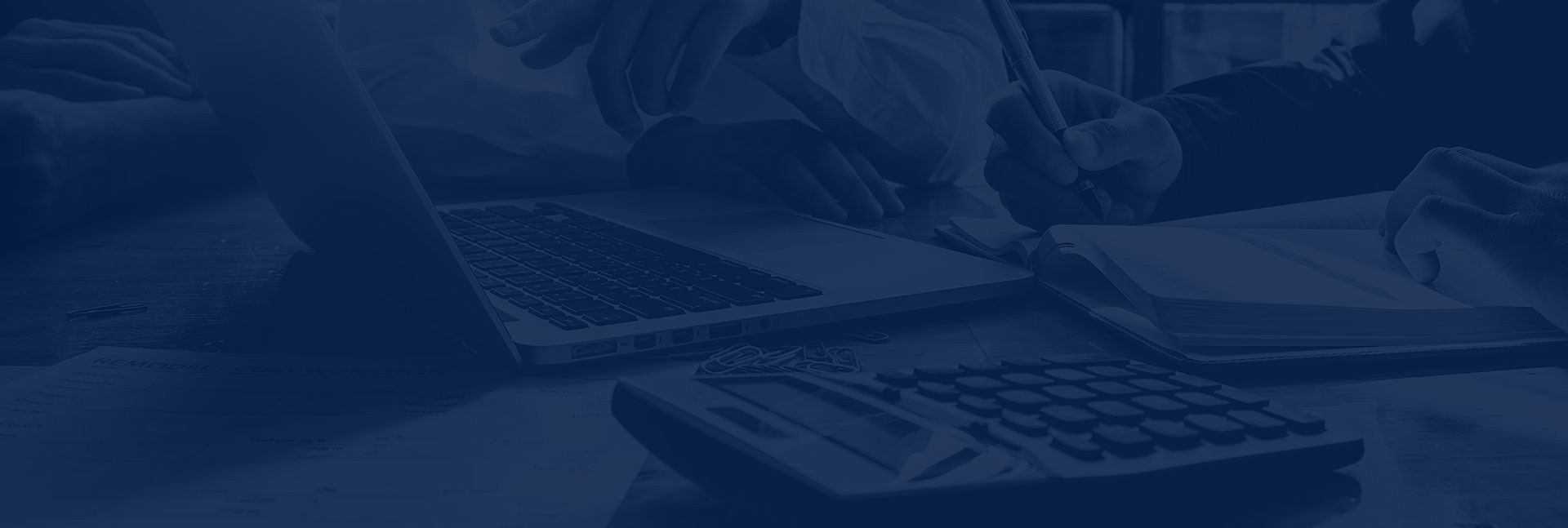Filing for bankruptcy can be a stressful process filled with difficult decisions. When first deciding to file, the person should analyze whether they need to file for Chapter 7 or for Chapter 13 bankruptcy. These two forms of bankruptcy have different eligibility requirements. Determining which chapter you need to file for can seem complicated, but deciphering the specifics, makes the decision simpler.
Chapter 7 bankruptcy is the process of liquidating the debtor’s (your) assets that are not exempt to repay some of what is owed to the creditors and to ultimately discharge (eliminate) your debts. After filing for Chapter 7, an independent trustee is appointed by the court to review the debtor’s finances. Not all debtor’s assets are liquidated, as certain assets are exempt from this process. Excluding the exception of exempt assets, the trustee is responsible for repaying creditors. In New York, these exempted categories are homestead (property, cash, books, appliances, etc.), personal property (automobile, security deposits, trust fund, etc.), insurance, pensions, and miscellaneous (business partnership properties, IRAs). Each portion of the category is only exempt to a certain limit: for example, only 90% of a trust fund can be exempt. The debtor can also choose to reaffirm their commitment to secured debts, which are debts where property has been set down as collateral. If they chose to do so, these debts would not be eligible for bankruptcy for another eight years. At the end of the Chapter 7 process, the debtor is discharged, or relieved, of all unsecured debts, with the exception of child support, alimony, tax payments, and student loans and certain other debt.
To determine whether they are eligible for Chapter 7, the debtor must compare their income to New York’s average monthly income for the number of people in their household. If the household’s combined average monthly income is below New York’s average for the household, then it is simple: they qualify to file for Chapter 7 bankruptcy. If the average monthly income is above this threshold, they must compile all financial information and determine the total income and the total expenses. While total income is more of an exact number, total expenses are typically based on local, state, and national averages of necessary expenses. The difference between these two determines the total income the person must pay to fulfill their debts. If this total is less than $7,475 for the next two months, the person would only qualify for Chapter 7. If the total is greater than $12,375, the debtor is only eligible for Chapter 13. By falling in between this range, the debtor could be eligible for either one, and would decide based upon the category of debts.
Chapter 13 applies to individuals who have enough disposable income to repay their debts or they have certain assets they do not want to liquidate in a Chapter 7. When petitioning for Chapter 13, the debtor must produce all financial information including income, expenses, assets, liabilities, leases, and contracts. This petition will set forth a payment plan of either three or five years during which all creditors are repaid. The plan classifies debts into three types: priority, secured, and unsecured. Priority debts are the only ones which must be paid in full, as secured debts can be paid up to the amount of the collateral. Unsecured debts are not officially covered as a part of the plan, but the debtor must commit to pay the debts within an agreed period of time. Once the plan is set, a confirmation hearing is held to ensure that the plan can be executed, and if so, the debtor will begin to make their payments. Throughout the payment of the plan, the debtor cannot take on additional debt in order to keep their property. After successful completion of the plan, the person is relieved of all debts included in the plan.
Contact our office today at (718) 340-3385 if you think you or someone you know may need to file for personal bankruptcy. Our Queens bankruptcy lawyers are ready to answer your questions.













